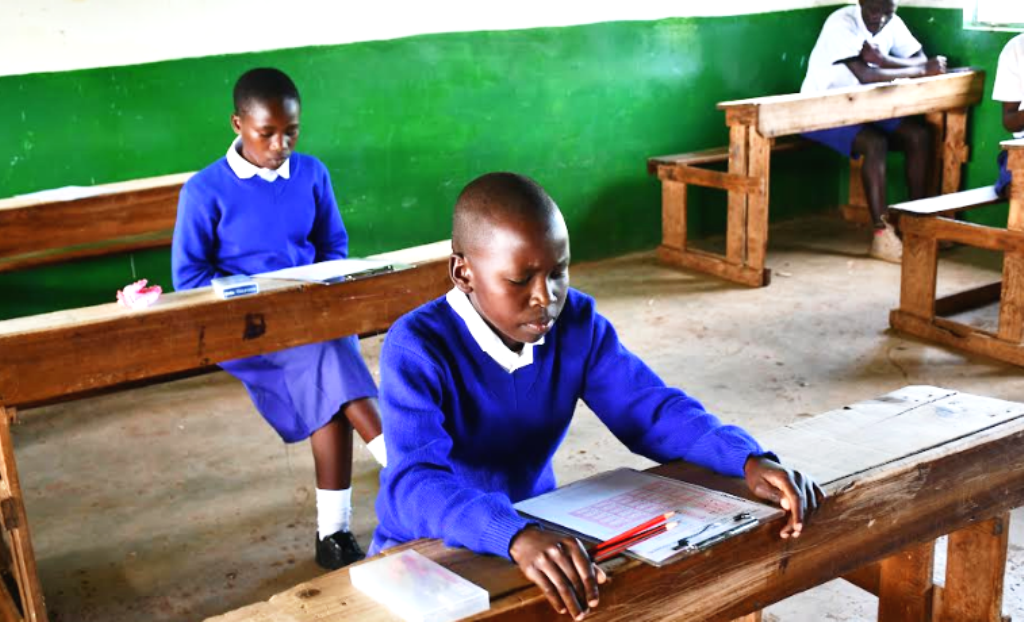As Kenya moves deeper into the implementation of the Competency-Based Curriculum (CBC), the national examinations body is under mounting pressure to deliver what could be the most ambitious assessment rollout in its history.
This year, over four million learners will sit various national assessments, many under the new CBC framework—a system still struggling to find its footing.
For the first time, students in Grade 9 will undertake the Kenya Junior School Education Assessment (KJSEA), while learners with severe disabilities will sit the Kenya Pre-Vocational Level Education Assessment (KPLEA).
These new additions come alongside the Kenya Certificate of Secondary Education (KCSE) and the Kenya Primary School Education Assessment (KPSEA), making 2025 a watershed moment for Kenya’s education system.
But while the rollout symbolises progress, the reality in many classrooms is more sobering. Teachers across the country have expressed concern over the limited time to prepare and the unfamiliar structure of the assessments.
The KJSEA, for example, includes twelve papers—many of which introduce technical and practical components that schools have never had to teach or test before.
“We’re working in the dark,” said one junior secondary school teacher in Nairobi. “There are no past papers, and some of the subjects are entirely new. It’s stressful for both teachers and learners.”
Infrastructure remains a major challenge. In many public schools, basic facilities such as laboratories and workshops are missing.
This poses a significant disadvantage for pupils expected to take practical subjects like Integrated Science or Pre-Technical Studies—areas that require hands-on experience with tools and equipment that are simply unavailable in their schools.
For parents, the uncertainty is just as unsettling. With no clear picture of how learners will be graded or how results will influence placement in senior school, many feel like their children are part of an experiment.
One mother in Nakuru expressed frustration over the lack of guidance: “We don’t know how to help our children prepare. Even the teachers seem unsure.”
The Kenya National Examinations Council has replaced its previous grading rubric with a new eight-point scale, raising fresh questions about what performance now means.
At the same time, transition to senior school will depend on a weighted formula—60 per cent from the new national assessment, 20 per cent from school-based tests, and 20 per cent from the primary school assessment. For many, this has only deepened the anxiety.
Learners with disabilities will sit fully practical assessments that cover life and vocational skills such as garment making, hairdressing, and daily living activities.
While the inclusivity is widely welcomed, educators worry about the strain it places on learners who require more time and tailored support.
Registration for the exams closed in March, with KNEC warning that no late entries would be accepted. Officials say the strict deadlines are necessary to ensure readiness across all regions.
But school heads argue that more flexibility is needed, given the scale of change and the growing student population.
In some private schools, administrators say they are scrambling to make sense of the changes. Sample papers were only released recently, leaving little time for meaningful preparation.
One headteacher in Machakos described the situation as “overwhelming”, adding that even parents are unsure what success looks like anymore.
Despite the confusion and concern, the machinery of assessment continues to move forward. KNEC insists that it is ready, and that the new system will ultimately better reflect the talents and abilities of learners across the country.
But with time running out and questions still unanswered, the coming months will test not just the candidates—but the credibility of Kenya’s educational reforms.
















